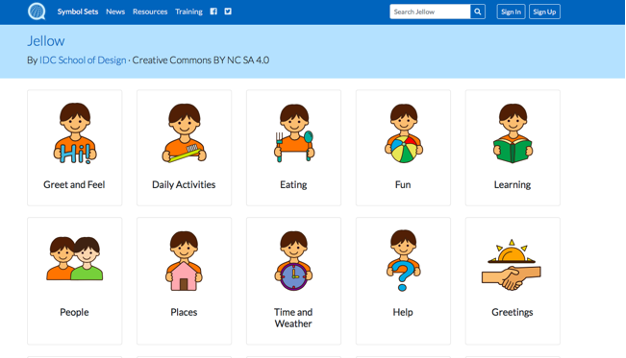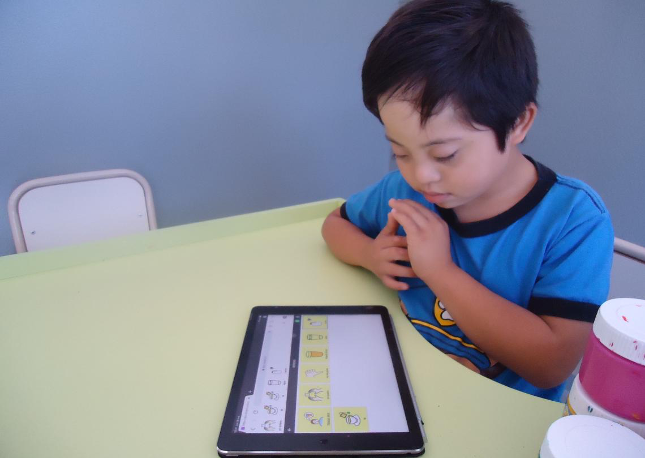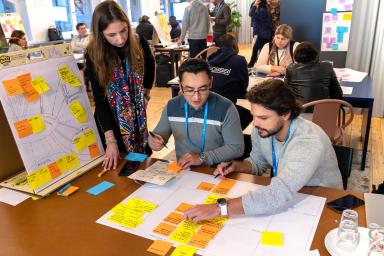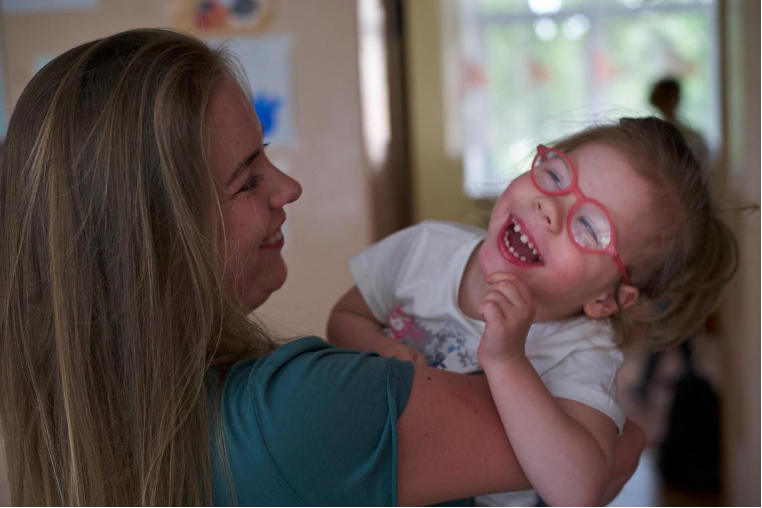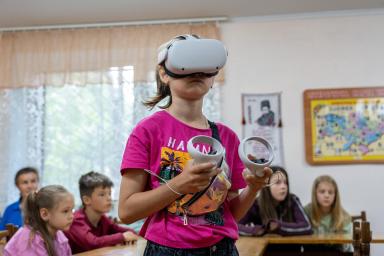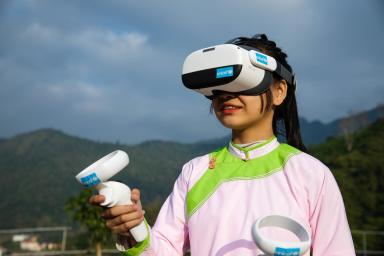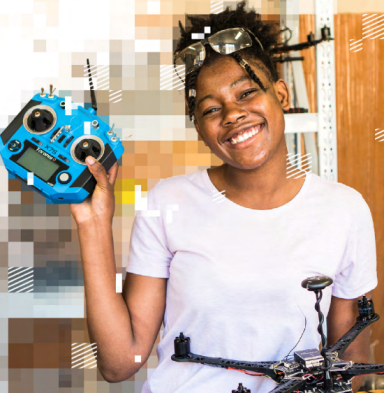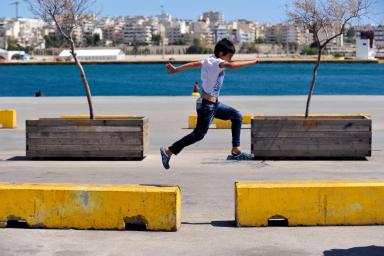Despite the saturation of the assistive technology market with these platforms, there are still only a handful of solutions reaching children in UNICEF programme countries.
Assistive Technology: The Global Landscape
To close off the investment period, Cireha and Ninaad attended the 12th session of the Conference of State Parties to the Convention on the Rights of Persons with disabilities. At this conference, alumna Accessibility portfolio company eKitabu presented alongside UNICEF disabilities programme division and USAID on learnings of how to use universal design to promote literacy skills for students with disabilities. eKitabu’s implementation of accessible digital learning resources for children with disabilities alongside UNICEF Kenya, the Ministry of Education and the Kenya Institute of Curriculum Development (KICD) signals the necessity for collaboration amongst the public and private sector to ensure inclusive education for every child.
What’s Next
In order to introduce and scale up the availability of AAC solutions for young children with complex communication needs, the UNICEF Europe and Central Asia Regional Office is piloting a global open source AAC app that combines the key features of the AAC cohort companies’ open source solutions. The piloting will take place in Croatia, Serbia and Montenegro. Country teams are in the midst of preparing training material for early intervention professionals, developing the research design and the monitoring system of the project. In addition, together with the Global Symbols team, the pilot countries have set up a voting system to build a localized symbol set for the pilot countries and the region which incorporates feedback from AAC users. The AAC platform will include key features from Cireha and Ninaad’s user interface and text to speech engines in order to deliver a broader range of AAC tools to users in the region.
We’re proud of the individual and cohort-wide achievements of Cireha, Ninaad and Yuudee and will be following their individual journeys.
